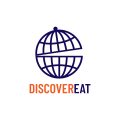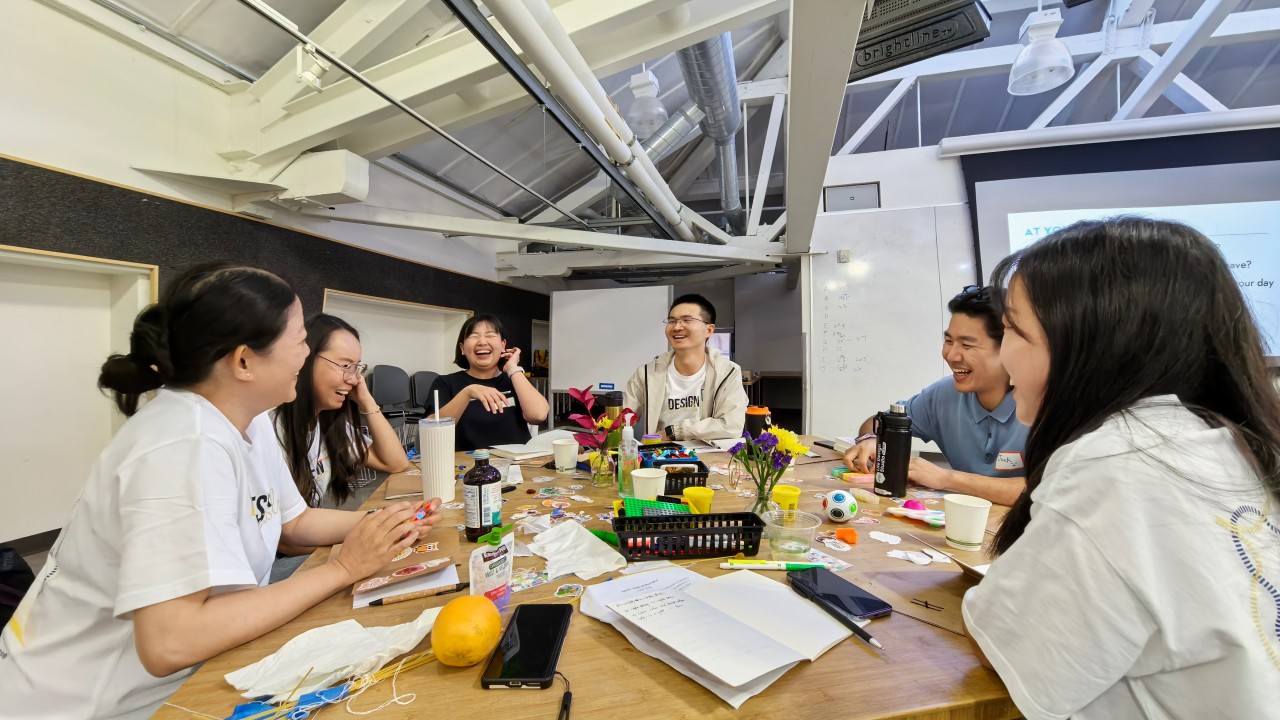Can life be designed? I questioned this from the very beginning. To me, life is like a spectrum—unexpectedly beautiful because of its randomness and flexibility. After two days at the Stanford “Design Your Life” (DYL) workshop, I still believe in life’s unpredictability, but I left with a renewed energy to ideate and prototype my own journey. After reading the book and attending the workshop twice, I now understand why they call it “Design Your Life” project. How did this change come about, and what did I learn over those two days? That’s what I want to share in this first post.
Life Design Toolkits
The simplified DYL system is summarized as: Get curious, Talk to people, Try stuff, and Tell your story. Each principle is supported by practical toolkits that encourage hands-on, project-based learning. For me, the system covers essential subjects for living a happy and fulfilling life: Knowing Yourself (by defining core values), Positive Psychology (daring to think differently), Taking Action (setting the action bar low), and Communication(sharing and listening with empathy).

Here are four key exercises we practiced during the workshop:
- Workview & Worldview The first exercise was writing down our work view and worldview, followed by sharing our stories and perspectives in groups. This activity reminded me of the IKIGAI concept: your story tells who you are, your work view shows what you do, and your worldview reflects what you believe. Together, these form your personal compass, guiding you toward your future goals. This exercise deepened my understanding of my core values and helped me connect with my true inner feelings.
- Odysseys Imagine your future over the next five years—three different versions! The first scenario continues on your current path. The second imagines a disruption, like a job change or a delayed graduation. The third is wild and free—anything you want to achieve. Using dashboards to measure resources, enjoyment, confidence, and coherence, you evaluate each scenario. For instance, one of my scenarios ended with me meditating in a temple—a wild thought that felt surprisingly possible. This exercise highlighted that life’s randomness can be a canvas for all sorts of possibilities.
- Prototype the Question After identifying a few milestones you want to achieve, the next step is action. The idea is to break down big projects into small, manageable actions that build confidence. Prototyping involves reframing the problem, brainstorming multiple options, and narrowing down to the top three. This exercise helped me devise actionable plans aligned with my values and goals.
- Interview Practice Communication is key. We worked in triads, rotating roles as interviewer, interviewee, and observer. This exercise focused on empathetic listening—asking thoughtful questions and engaging with body language. It taught me the importance of being present and open, creating a genuine connection in conversations.

Throughout the sessions, we engaged in various interactive activities to practice each toolkit effectively. For example, the “Yes, and…” exercise is a classic technique to keep conversations dynamic and engaging. Improvisation practices boosted our creativity and confidence, helping us think on our feet. However, the most rewarding aspect of the experience was building connections within the community. By sharing and listening to each other’s work views and worldviews, brainstorming all the possibilities, and choosing the most delightful and easy-to-start ideas, we created an environment of care and patience. This fostered a sense of safety and security, allowing people to express their authentic selves freely, creating a supportive and enriching group dynamic.

Personal Reflections
My journey to the Stanford Life Design workshop was made possible by the Cyrus Tang Foundation. I joined the Cyrus Tang Caring Club as a scholarship winner during my first year of college and participated in rural area teaching for three years. I first encountered the Life Design workshop during the COVID era, just after I had taken a gap year from college and felt lost. Knowing my direction and having a supportive community around me (special thanks to Jimmy and Fara for hosting activities and uniting the community together) were the greatest gifts from the CTF Life Design workshop experience.
During my first workshop hosted by Cyrus Tang foundation, I identified my core keywords as “Exploring, Feeling, and Connecting.” After years of prototyping and experimenting, I would now add “Creating” to that list. This newfound understanding is also why I decided to write down my experiences. Inspired by the vision of the Cyrus Tang Foundation: I feel motivated to carry forward the spirit of giving back, striving to “Make the World a Better Place”.
I feel fulfilled with my current life—passionate and well-equipped to achieve my envisioned future. I deeply value the people around me and the unwavering support from the Cyrus Tang Foundation group. Believing that everything happens for a reason has taught me to worry less and let happiness naturally unfold. I’ve learned to make choices consciously and take responsibility for them. This is my journey to design and live my life. How will you start designing yours?





